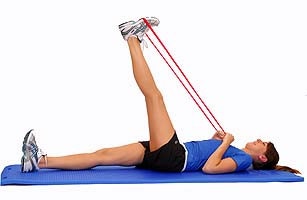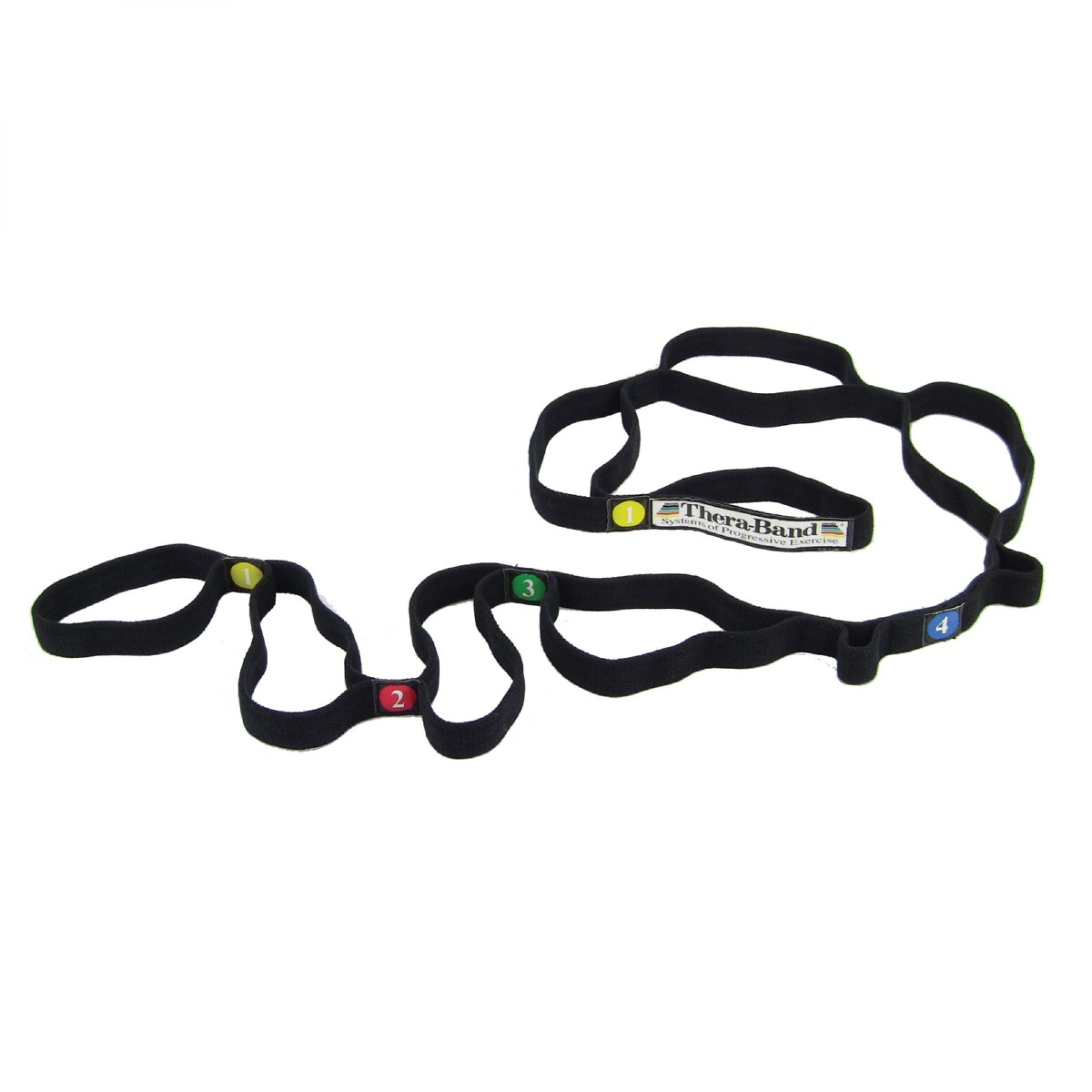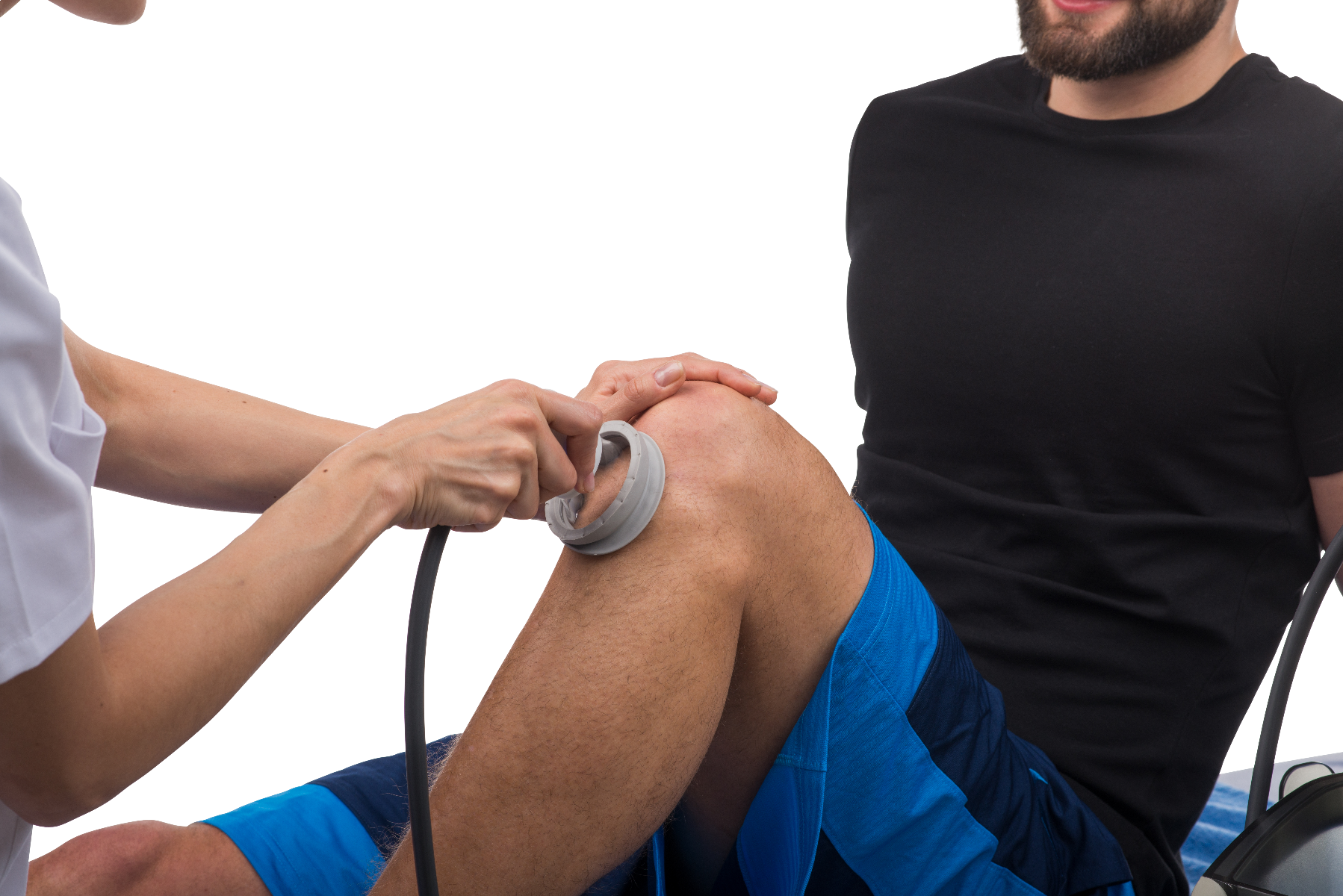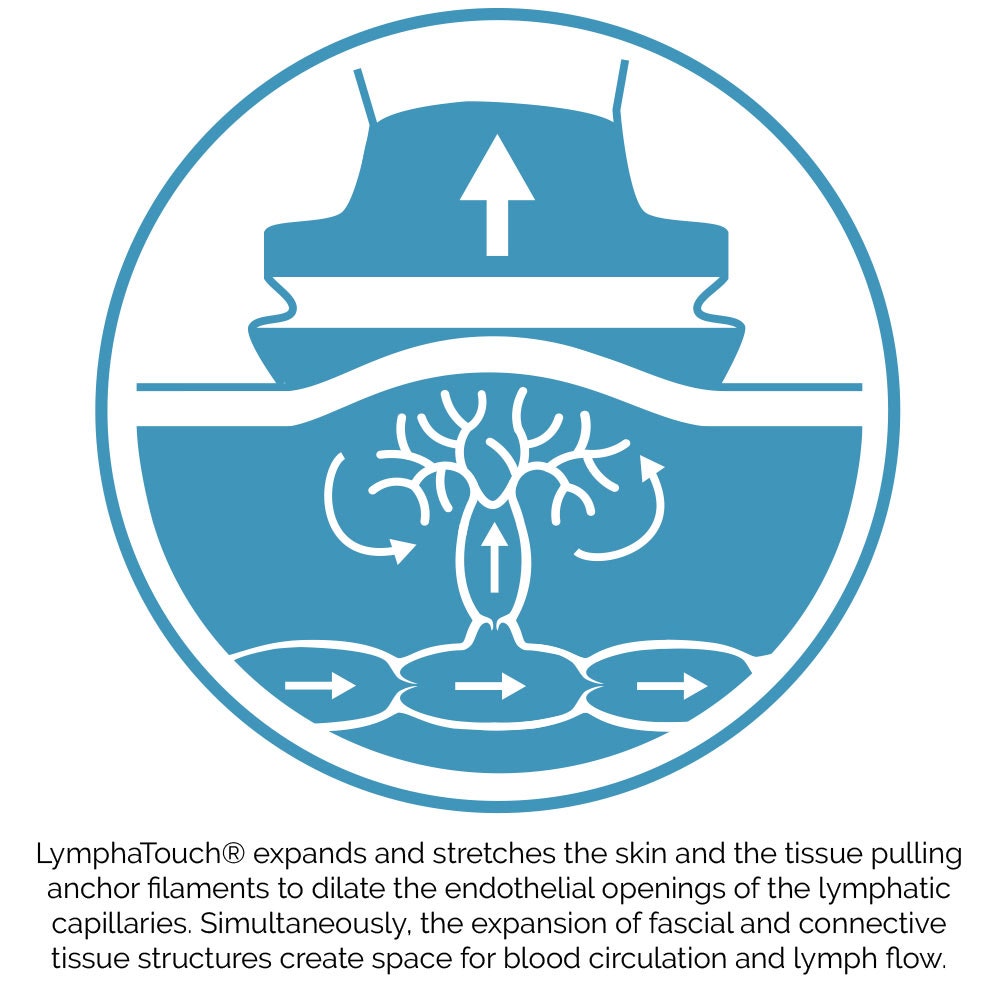After years in clinical practice working with elite athletes and active patients, I’ve come to understand the importance of flexibility and appreciate the many benefits of regular stretching, manual therapies like myofascial release, and lymphatic drainage techniques.
Individually, the techniques are all extremely useful to help improve outcomes and reach goals, but when used together as part of a combined protocol to improve flexibility and function…they’re a powerful tool.
The combination of stretching, myofascial release and lymphatic therapy helps create:
- Increased range of motion
- Decreased wear and tear on joints
- Improved lymphatic and fluid flow
- Improved posture and biomechanics
- Reduction in aches, pains and overall stiffness
- Potential for improved overall fitness and health
Assessment
As part of my initial examination and follow-up sessions, I take patients through range-of-motion assessments and interact with them so they’re aware of any restrictions. If I notice decreased ranges of motion, faulty biomechanics or they (or I) “feel” tightness or stiffness as I work through palpation, I make note of these imbalances and I tell them, “We want to get back as much range as possible and never lose it again – that’s healthy aging.”

The Benefits of Flexibility
Restoring lost flexibility and range of motion through stretching is one of the healthiest “aging” strategies, as more biomechanical movement helps patients “feel” younger. When people wake up feeling less stiff and less tight, and that feeling continues throughout the day, activities of daily living become easier, their lives become more enjoyable and the psychological aspects (mood, stress levels, happiness) are improved.
Stretching Strategies
I find that teaching patients how to stretch and getting them to do at-home stretching on a frequent basis helps increase pain-free range of motion and allows us to get faster results than if we just did the in-clinic therapy.
Some patients do better with static stretching. Some do better with dynamic stretching. And some do better with proprioceptive neuromuscular facilitation (PNF) type stretching to increase their range of motion.
The most common forms of stretches are static and dynamic.

Static stretches involve holding a stretch in a comfortable position for a period of time, typically between 10 and 30 seconds. This form of stretching is most beneficial after you exercise.
Dynamic stretches are active movements that cause your muscles to stretch, but the stretch is not held in the end position. These stretches are usually done before exercise to get your muscles ready for movement.You can use an aid, like the TheraBand Stretch Strap, to help you achieve a good, dynamic stretch.
Age Considerations
My aging patient populations that have done self-care stretches, appear to have delayed the immobility that can consistently come with aging.
For my middle age and younger athletic patients, releasing restricted motion with hands-on manual therapy (like joint mobilization, manipulation, and techniques like PNF and PIR) in addition to teaching these athletes to perform dynamic stretches prior to physical activities greatly improves performance. This is consistent with current thinking in sports medicine. Perform dynamic stretching prior to an athletic event or exercise to achieve improved blood flow and to prime muscles for activity or competition.
I like the effects of stretches that patients can do on a regular basis, as this may help improve circulation.[Research 1] Improved circulation increases blood flow to your muscles, which can shorten recovery time and reduce muscle soreness (also known as delayed onset muscle soreness or DOMS).
I also make sure that patients stretch both sides, even the unaffected or more flexible side, as individuals who are injured or are undergoing rehabilitation should continue to stretch the non-injured limb to maintain or improve flexibility of the injured limb.[Research 2]
Decreasing lymph pooling and fluid stagnation can also help flexibility
Modalities to Improve Lymphatic Flow
An additional technique I utilize to enhance and expedite improvements is MFD or Myofascial Decompression…also known as ‘cupping’. But for the last 10 years I’ve been utilizing an innovative hand-held device called the LymphaTouch, which provides a combination of myofascial decompression and vibration.
You can read more about how it’s a great addition to current manual therapy protocols in this article.
The LymphaTouch machine provides a negative pressure into the tissues, as opposed to the positive pressure we’re typically exerting into tissues with manual therapies like massage or IASTM. Negative pressure means the machine pulls the tissue away from the body, similar to cupping, yet very different. This replaces static cupping and loosens fascial restrictions that may be restricting motion in a specific direction, leading to repeated compensations that contribute to sports injuries. Learn more about how LymphaTouch can help with complete tissue mobilization.
Improve Posture with Stretching
Being a Posture Specialist is a trend that continues to grow and evolve. The combination of stretching and strengthening specific muscle groups can reduce musculoskeletal pain and encourage proper alignment. To help differentiate yourself as a Posture Specialist, we find it’s beneficial to either own a unique device or tool not available to the public to purchase…or have the ability to teach personalized and customized exercise programs.

One of the somewhat unknown but extremely beneficial devices that we’ve utilized successfully is LymphaTouch.
The device improves fluid movement and reduces inflammation and stagnation. This form of lymph flow enhancement and fascial release that the LymphaTouch provides can also help get rid of scar tissue adhesions and prevent fascial restrictions, while improving ROM and reducing pain. For example, one area we use the LymphaTouch on almost a daily basis is the release of the thoracolumbar fascia, which helps reduce low back muscle spasm, strain and pain.
Reduce Stress
Another benefit of combining fascial release, lymphatic therapy (with vibration) and stretching is the reduction of stress. Meditation, sound baths, yoga, oxygen treatments, and various types of movement therapy are continually trending for stress reduction. But we’ve found that the combination of LymphaTouch with stretching helps dramatically enhance overall stress reduction. Coupling these techniques with frequent hand washing, sleep, diet, nutrition and hydration will provide patients with a holistic approach to reduce stress, increase relaxation, and maintain a healthier immune system.
Incorporate Breathing Techniques
While I perform the LymphaTouch therapy on a patient, I also encourage them to breathe through their nose and into their belly. I often notice when their breathing changes and it’s during these exercise training times that I ask them to focus on breathing to help provide a mental break.
After I do the actual LymphaTouch release therapy, I then teach the patient one or two fascial stretches and cue them to breathe while performing the stretches they will continue to do at home. Which, as mentioned above, really helps expedite the outcomes we’re collaboratively working towards.
Stay tuned for our upcoming webinars where we’ll discuss LymphaTouch Fascial Release and specific stretching techniques, including: static, dynamic, ballistic, PNF, passive and active stretching.
References
- Hotta et al. Daily muscle stretching enhances blood flow, endothelial function, capillarity, vascular volume and connectivity in aged skeletal muscle. The Journal of Physiology. 2018 May 15;596(10):1903-1917. Retrieved from https://bit.ly/3gKaEaR
- Behm et al. Acute Effects of Unilateral Self-Administered Static Stretching on Contralateral Limb Performance. J Perform Health Res. 2019. 3(1):1-7. Retrieved from https://bit.ly/2U8qlPj
- John Pecora, DC. How LymphaTouch Can Complement Your Current Manual Therapy Protocols
Performance Health Academy. Mar 11, 2020. Retrieved from
https://bit.ly/3gS2e1d
- Paula Donahue, PT, DPT, MBA, CLT-LANA. Manual Strategies: Optimizing Patient Outcomes in the Clinic
Performance Health Academy. Mar 25, 2019. Retrieved from
https://bit.ly/3duv6KR

Dr. Jeffrey Tucker, DC
Dr. Tucker’s interest in putting together the arts and science of Pilates, yoga, stretching, medicine balls, stability balls, rubber tubing, balance training, chi gong, weight training, cardio training, endurance training, diet, chiropractic, performance enhancement, muscle and massage therapy, has been evolving for more than 30 years.
Dr. Tucker completed Chiropractic training at Los Angeles College of Chiropractic. He has a postgraduate Diplomate degree in Rehabilitation and is certified in chiropractic spinal trauma. He is a past-president of the Santa Monica Chiropractic Society. Dr. Tucker is the current president of the American Chiropractic Association Rehabilitation Council. He is a member of the California Chiropractic Association and the American Chiropractic Association. He won a KARMA award and was named Chiropractor of the Year from the Los Angeles Alternative Medicine group. He is the designated and selected Chiropractor for The Massage Therapy Center in Los Angeles. He is author of numerous articles and publications on soft tissue injuries. He has been in continuous active practice for the past 30 years in the west Los Angeles area. He has completed advanced education and clinical training in rehabilitation, sports medicine, nutrition, and functional exercise training.
Dr. Tucker continues teaching other doctors speaking on biohacking, exercise as medicine and current treatments to other Doctors around the country. He teaches postgraduate training in the cervical spine, lumbar spine and temporomandibular joints (TMJ). His practice includes chiropractic, postural assessment/conditioning, gait analysis, therapeutic exercise, and muscle/soft-tissue therapy.
Dr. Tucker serves the communities of Santa Monica, West Los Angeles, Beverly Hills, Marina del Ray, Encino, Brentwood and Los Angeles.